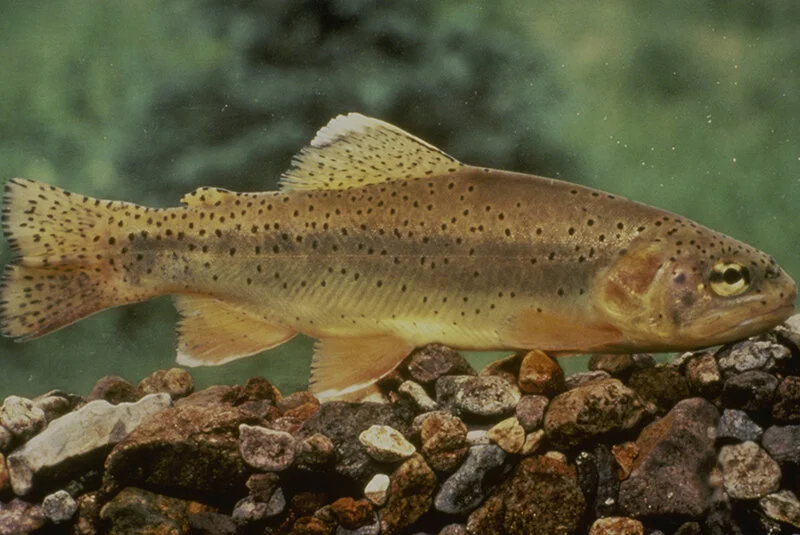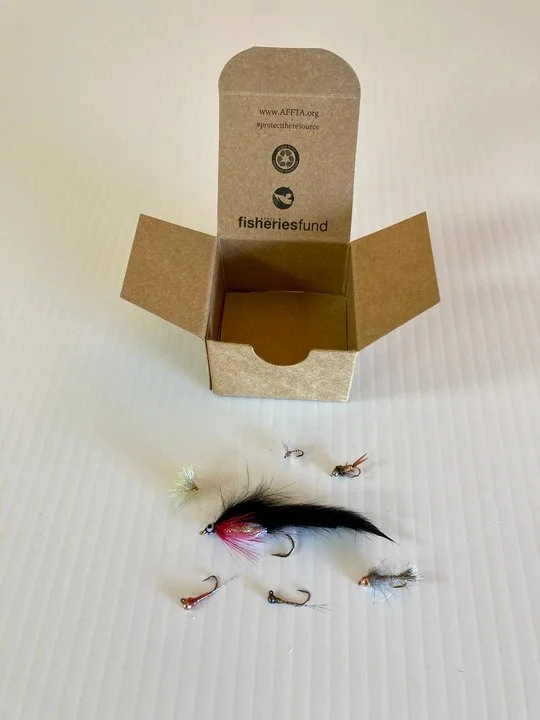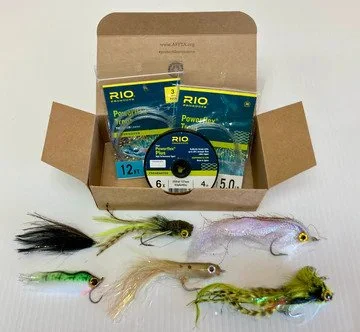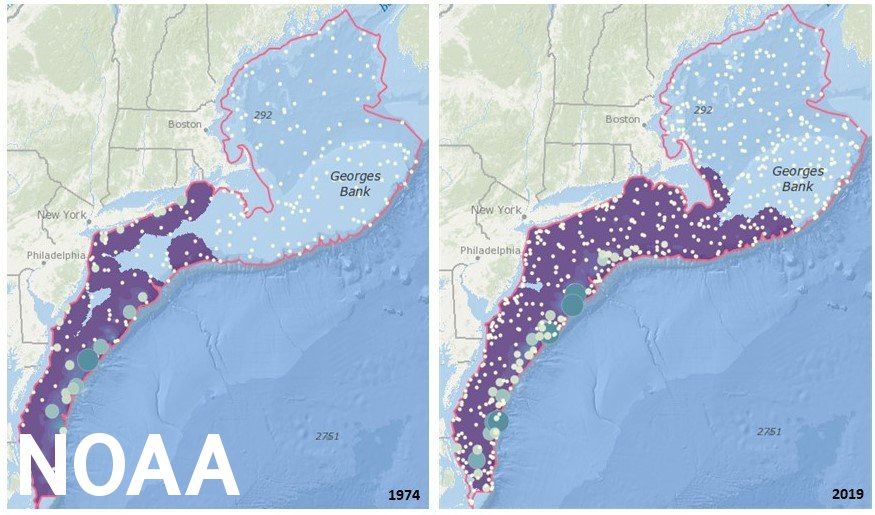First and most important, is eating farmed salmon healthy?
Doctors recommend salmon for protein, nutrients, and heart-healthy omega-3 fatty acids. The American Heart Association suggests consuming at least two servings of fish a week. But they rarely spell out the kind of salmon you should eat or warn of the dangers.
Many experts and scientific studies cast doubt on the blanket claim that salmon should be part of a healthy diet when the fish comes from open-net farms. Some farmed salmon may be safer than other types, but consumers rarely have enough information to make that choice. Labels are unlikely to disclose that the salmon was farmed, let alone identify the chemicals used to raise it. The U.S. Department of Agriculture doesn’t even have definition for organic salmon.
“It is confusing, and I suspect there is willful confusion out there,” Dr. Leonardo Trasande, a professor of environmental medicine at New York University, told us. “We know that every fish is a trade-off between omega-3 content and toxic content like PCBs. From the perspective of salmon in general, the balance favors consumption of that fish. Now the challenge here is that I can’t tell which salmon is farmed the right way or the wrong way.”
As early as 2004, scientists found levels of polychlorinated biphenyls, a probable carcinogen known as PCBs, seven times higher in farmed Atlantic salmon than in wild salmon. More recent studies found high levels of other chemicals and antibiotics in farmed salmon. Researchers at Arizona State University discovered increases in drug-resistant antibiotics in farmed seafood over the past 30 years, leading to concerns about increased risk of antibiotic resistance in humans. Toxins often wind up in salmon flesh and accumulate in people who eat the fish.
Some studies warn that a single meal per month of farmed Atlantic salmon can expose consumers to contaminant levels exceeding standards from the World Health Organization. The risk is greatest for infants, children, and pregnant women because of the potential harm from contaminants to developing brains.
Seafood Watch, an independent guide to fish consumption affiliated with the Monterey Bay Aquarium, recommends avoiding most farmed Atlantic salmon because of excessive chemical use and disease. Nutritionists generally recommend eating wild salmon over farmed salmon.
Second, is farmed salmon sustainable?
Salmon farmers often advertise their fish as sustainable and naturally raised. These assertions are deceptive.
Salmon are carnivores. Fish meal and fish oil from anchovies, sardines, mackerel, herring, and other small forage fish comprise 25 to 30 percent of most salmon feed. Fully a quarter of the fish harvested from the world’s oceans winds up in feed for aquaculture and pets. To meet growing global demand for salmon, huge trawlers pillage the fisheries off the coast of West Africa and Peru, robbing subsistence fishers of their livelihood and increasing food insecurity.
“You take the food from the plates of people in West Africa to feed the people of Europe and the United States and other countries,” Dr. Ibrahima Cisse of Greenpeace told us.
Salmon farmers argue that they fill the need for protein as the global population grows. Depleting fisheries in low-income countries to provide an unsustainable fish for richer countries sets a dangerous precedent.
Efforts to develop alternative protein sources are under way in university laboratories and start-ups. So far, there is no end in sight for the industry’s exploitation of small fish.
Recent court cases have challenged the industry’s sustainability claims. Norway’s Mowi ASA, the world’s largest salmon farmer, settled a deceptive advertising case in federal court in New York City a year ago. The company paid $1.3 million and agreed its U.S. subsidiaries would stop using the phrases “sustainably sourced” and “naturally raised” to describe its smoked salmon.
Finally, are farmed salmon raised naturally in ways that do not harm the environment?
You be the judge.
The fish spend two to three years in open-net farms that contain up to a million salmon jammed into 10 or 12 cages, which extend 30 feet below the surface and are anchored to the seabed. The crowded cages are petri dishes for tiny parasites called sea lice and many viruses that kill farmed fish and endanger wild salmon when currents carry them outside the farms.
Massive doses of pesticides, including banned neurotoxins, and antibiotics are deployed against the parasites and pathogens. Some of the residue winds up in the salmon, and some falls to the seabed below the cages. Untreated waste from excess feed, decomposing fish, excrement, and chemical residue forms a toxic stew that kills or drives away marine life for hundreds of yards. One photo we found showed a yardstick stuck to the 32-inch mark in slime beneath a salmon farm.
Salmon in open-net farms die from parasites, disease, and warming waters at a staggering rate. Estimates are that 15 to 20 percent of farmed salmon die each year before they are harvested; that is tens of millions of fish. By comparison, the mortality rate for factory chickens is 5 percent and 3.3 percent for feedlot cattle. Young wild salmon beginning their migration are especially vulnerable to the plumes of sea lice from the farms. Escaped farmed salmon compete with wild ones for food and weaken the gene pool through interbreeding.
Up to 85 percent of the salmon we eat is imported from farms along the coasts of Norway, Chile, Scotland, and Canada. Yet the Food and Drug Administration, which is responsible for food safety, pays scant attention to farmed salmon at a time when food-borne pathogens are on the increase. For instance, an investigation by the General Accounting Office, an arm of Congress, found that the FDA inspected 86 samples out of 379 thousand tons of salmon in 2017.
Fortunately, there are alternatives. New technology, called recirculation aquaculture systems, grows the fish in closed-containment facilities on land. The fish swim in tanks filled with filtered, recirculated water and the salmon never touch the ocean, eliminating the use of chemicals and damage to the environment.
Several recent surveys show that consumers will pay a premium for products that are sustainable and don’t harm the environment. Land-raised salmon may eventually upend the global market. For now, transparency, better regulation, and accurate labels on farmed salmon are essential to ensure good choices for our health and the health of our planet. Until that happens, farmed Atlantic salmon from open-net pens is off our menu and should be off yours.






























